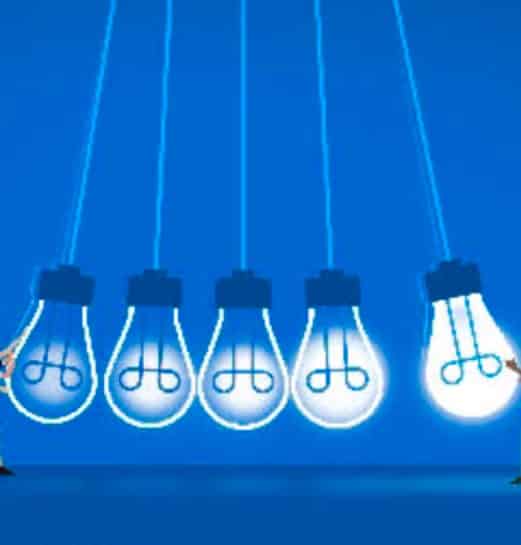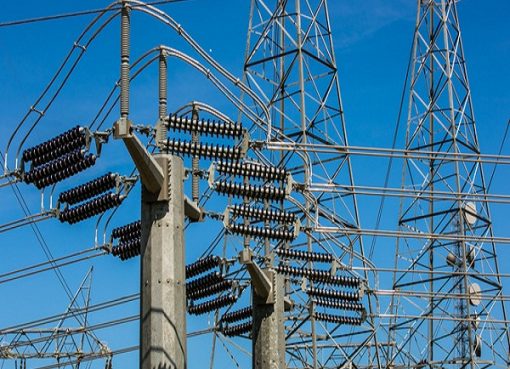The power industry is evolving because it must meet a growing demand for electricity, as the world population continues to increase and developing countries industrialise. One of the key challenges is to satisfy this growing demand while reducing CO2 emissions in order to try and reach the targets established by the Paris Agreement on climate change. Five major trends are part and parcel of this evolution and should help utility managers, engineers and manufacturers address the potentially contradictory requirements for cleaner energy on the one hand and augmenting energy consumption on the other.
- The renewal of legacy infrastructure
Much of the electrical generation, transmission and distribution equipment installed around the world is part of an ageing infrastructure. These legacy systems are gradually being modernised to avoid blackouts or brownouts and to continue to meet peak demand. The aim is to render the electricity transmission and distribution network more resilient as well as increasingly disaster-proof as climate change is expected to accelerate extreme weather episodes resulting in flooding, earthquakes and tornadoes. Systems integrating microgrids that can supply homes and businesses independently when the main electricity grid fails are becoming more widespread. One of the technology challenges is to integrate modern IT and software-related devices with transmission and distribution assets which have much longer lifespans. Renewing the infrastructure can also mean opting for solutions which are more energy efficie
- The introduction of automation and smart grid technology
Smart grid technology is gradually being rolled out in electricity networks around the world. Key technologies behind a smart grid are sensors that measure the relevant parameters such as temperatures, voltage and current; communications that allow a two way dialogue with a device; control systems that enable equipment to be reconfigured remotely; and user-interface and decision support systems that provide an overview of asset status and perform advanced analytics on data to provide information. Smart grids offer several advantages over conventional power grids:
- They can easily accommodate the provision of intermittently supplied and unpredictable renewable energy sources
- They enable peak-shaving (the process of reducing the amount of energy purchased from the utility company during peak demand hours) and energy-saving by managing demand response and providing energy storage
- Using real time information from embedded sensors, they detect and respond automatically to system problems, a process known as self-healing. These automatized processes require less human intervention, thereby reducing costs.
nt. (superconducting cables, high efficiency transformers, more efficient overhead conductors, high voltage direct current, etc.) While costlier in the short term, they are better for our planet in the long term.
- Cyber security
Power utilities are increasingly targeted by cyber attacks which threaten to seriously disrupt the supply of energy to consumers. The automation and growing use of software-based and IT-related equipment in existing transmission and distribution networks can augment that risk. The problem is that when engineers designed many of today’s power plants, cyber security was not a concern. Operational technology (OT) teams were used to working within closed systems that relied heavily on physical security mechanisms to ensure integrity. With the integration of physical machines with networked sensors and software, the lines between IT and OT are blurring. A variety of threat actors, ranging from lone hackers to organized cyber criminals and nation states, are continually finding ways to exploit vulnerabilities to move from the digital sphere of IT to the physical sphere of OT. More and more power plant managers are thus identifying which of their assets are critical in order to ensure that appropriate resources are allocated to protecting them. This is known as a risk-based approach to cyber security and its aim is to balance the cost of security threat mitigation against the potential impact of a successful cyber attack. Any implemented solutions are monitored over time to ensure their continued effectiveness and to ascertain whether possible attacks could potentially overcome the control solutions.
- The use of distributed and renewable energy sources
In a bid to reduce global CO2 levels, renewable sources of energy are becoming a feature of modern electricity supply systems. Several of these sources are intermittent and, as such, need to be managed in a way that does not disturb the continuity of electricity supply in the grid. Smart grid technology (smart switches, automated substations, smart meters, etc.) is a way of managing these intermittent sources of energy. Another way, which can be related to smart grid technology, is the increased reliance on energy storage.
In remote, rural and developing areas, off-grid renewable systems are increasingly used to supply electricity. A conventional power grid comprises a centralized power generation plant, which supplies electricity in one direction from the power station to the end-user. This model is now increasingly complemented by small distributed energy resources (DER) which are situated close to the end-user. Some DERs combine renewable energy installations such as rooftop solar modules, micro wind turbines or small hydro with a battery or a generator to form a microgrid or a mini grid.
- The increasing reliance on electrical energy storage
As intermittent sources of energy become widespread, the requirement for energy storage increases. One way of ensuring continuous and sufficient access to electricity is to store energy when it is in surplus, for example when there is a lot of wind, sun or water available and feed it into the grid when there is an extra need for electricity. Electrical energy storage systems (EES) can be categorised into mechanical (pumped hydro), electrochemical (comprising secondary and flow batteries), chemical (including fuel cells), electrical and thermal types. Utility-scale storage capabilities are still mainly reliant on pumped hydro but batteries are increasingly used as their energy density increases and their cost comes down.
Source: energycentral










